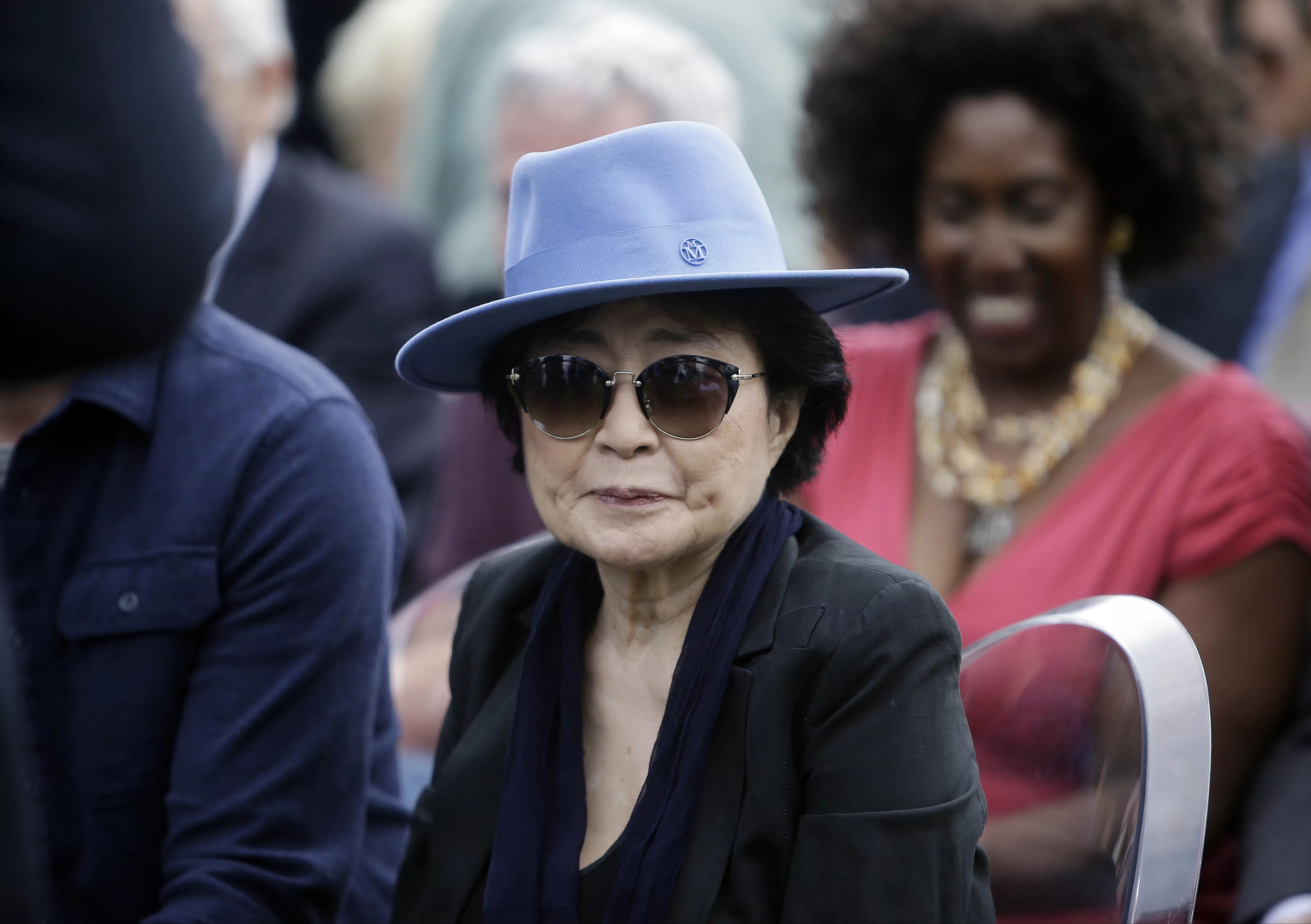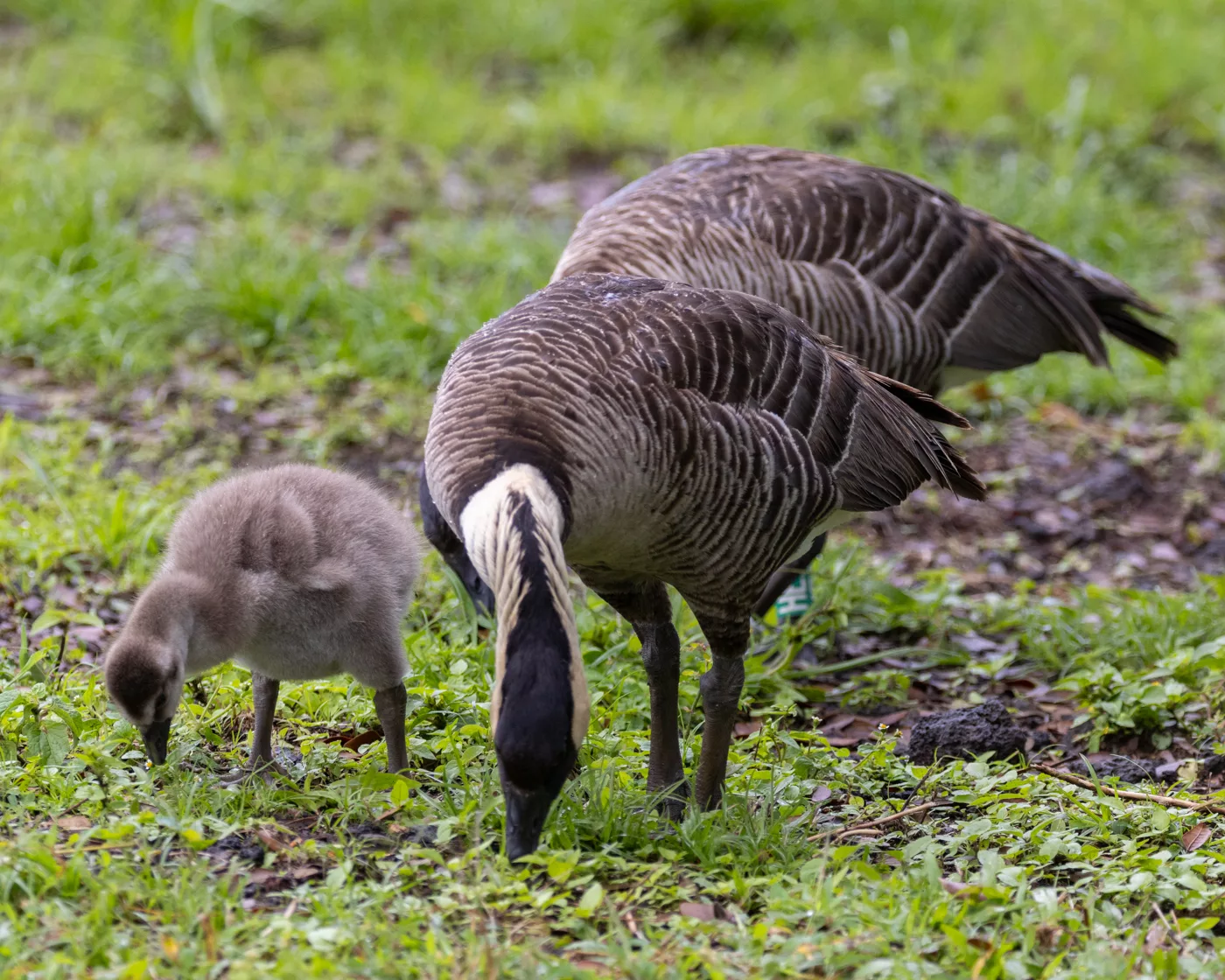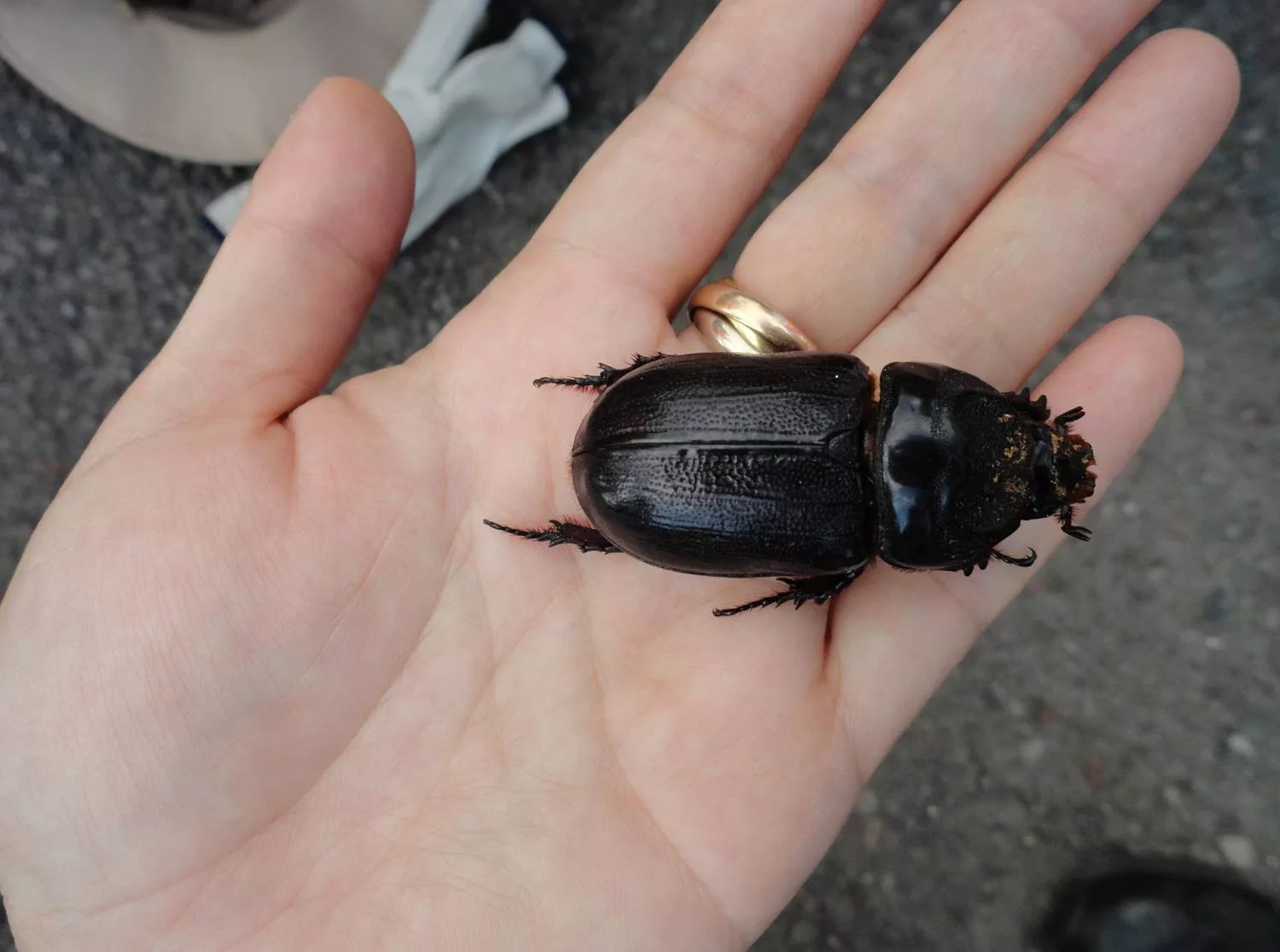Hawaii Lt. Gov. Josh Green, a practicing emergency room physician, “appeared” (by video) before the Hawaii County Council on Wednesday, Mar. 25, at 9 a.m. Because of the COVID-19 precautions, the Council members practiced social distancing by staying scattered—some in the Hilo Council office but sitting further apart, some in the Kona Council office, others in other remote locations.
Green said this is a time where we have to get it right, to the benefit of saving lives.
Green said because COVID-19 is a novel (new) coronavirus, a disease that passes from animals to humans, it will take 6 to 9 months for a large number of people to develop immunity to it, as people get it and recover. This is different from the seasonal flu, to which some have immunity and for which there is a new vaccine each year as the disease mutates. Even with the flu vaccine not being 100% effective, it still is said to help reduce the duration and severity of the illnesss. There is no vaccine yet for COVID-19.
Green stressed we must isolate at home during this time, with the exception of essential needs. This will help delay or defer people catching COVID-19. He acknowledged that the isolation strategy is difficult. He also said it’s clearly damaging to the economy and our normal way of life. But he said if we can maintain our social isolation policy through April 30, it will help Hawaii get through the crisis. (Note, see the worldwide figures available right now.)
Green said the purpose of self-isolation, of enforced quarantines, and of social distancing is to keep Hawaii from having a spike in COVID-19 cases, and allow the cases – however many we have — to roll through the islands more slowly.
For the homeless community, the best practice is to let them be at home—their home, wherever they camp out. Allow them to have access to rest rooms and basic services, and provide information that they must stay away from others in order to social distance.
Hawaii has a 40% shortage of healthcare providers, compared with a 22% shortage in the state. Around 5 out of every 100 who get COVID-19 need hospitalization. Statewide we have 3,031 licensed hospital beds. We are currently at 65% hospital occupancy. Green said the island hospitals can “surge,” ie add capacity by repurposing hospital facilities, to add 437 additional beds.
Green said Hilo Medical Center is especially well positioned to handle the situation, as it can surge to 67% of its current capacity.
Green said if we slow the curve we want to knock the virus down as was able to be done in S. Korea. Globally, those age 75 to 79 have an 8% mortality rate vs a 3% mortality rate globally. Those over 80, the mortality jumps to 14.4%.
Lt. Gov Green said the reason for wanting to blunt the peak, to slow the curve, is to prevent facing what has been faced in other countries where because without sufficient capacity to handle a surge of patients in the Intensive Care Unit, or the number who might need negative pressure rooms, choices would have to be made as to who gets more intensive care, including ventilators, and who does not.
Green said if we can practice the isolation and quarantine measures as currently is ordered, government and all can focus on restoring the economy and on helping citizens recover financially. He noted that most islands are considering the possibility of a central quarantine facility, but nothing like that has been implemented yet.
In answer to a question by Council Member Matt Keanali’i-Kleinfelder, Green said the state is ready to handle a likely increase in those using Quest (Medicaid) from the state, if they fall off their private insurance. But he said as the economy stabilizes, people will return to private insurance. Green said when the Affordable Care Act went into effect the state was able to quickly add 100,000 people to the Quest program.
Green said over the next year, a quicker test for COVID-19 will be developed, and within some period of time there will be a vaccine. And by next year, people in the community will develop immunity as they get COVID-19 cases and recover. Even now, as people get it and recover, they should be immune and over time as those who do get it will be able to return to work in the community without fear of catching COVID-19. There is work now to develop tests to check the antibodies and confirm whether a person has had the disease, whether or not they tested for COVID-19 when they were either sick or at any time.
County Council Chair Aaron Chung asked Lt. Gov. Green about the stories about the Governor excluding him from a role in helping address the outbreak. Green said he will never stop fighting for the good health of the Big Island. He said Governor Ige has clarified that Green is the healthcare liaison between the Administration and the various task forces. Gen. Hara, in Hawaii Emergency Management, is managing the state’s response, and Green said he’s actively interfacing with the medical community.





